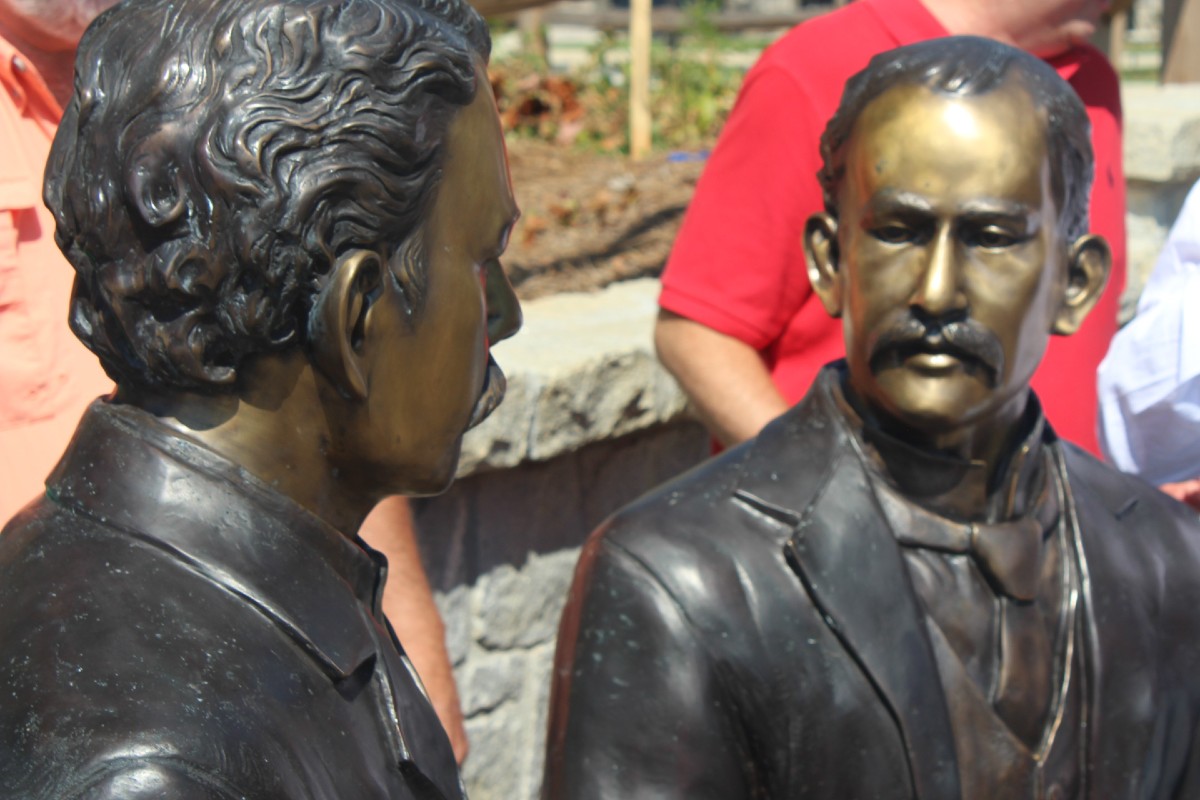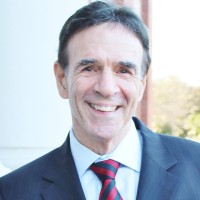By Elliott Brack
Editor and Publisher, GwinnettForum
AUG. 25, 2023 | Snellville in particular and Gwinnett in general are in debt to Dave Emanuel, who is a member of the Snellville City Council. He had the idea for Snellville to commemorate its 100th anniversary by erecting a statue of the two city founders, Tom Snell and James Sawyer.
![]() What Dave Emanuel did for Snellville is what the other cities in Gwinnett should do: find a way to give recognition to their city’s founding, by funding a public bronze statue of each city’s founders.
What Dave Emanuel did for Snellville is what the other cities in Gwinnett should do: find a way to give recognition to their city’s founding, by funding a public bronze statue of each city’s founders.
In talking with Emanuel, he said: “A few years ago, I started writing a script for a short video about Snellville’s history. Unfortunately, there was almost nothing left. The original store built by Snell and Sawyer is long gone as is the Consolidated School building. Now, even the great old oak tree on U.S. Highway 78 by the former Thompson farm is gone.
“That being the case, I thought it was most important to have something representing Snellville’s history in our new town center. I had seen items commemorating historical figures in other parts of the country and thought statues of Snell and Sawyer would be perfect for Snellville.”
The statue has been placed in front of the soon-to-be-opened (on September 11) new Elizabeth H. Williams Library in The Grove at Towne Center.
Thank you, Dave, from all of us.
LUCKILY, THOSE INSTRUMENTAL in founding Gwinnett cities are known.
Lawrenceville, the county seat, founded in 1821, was named for Capt. James Lawrence, who charged his men during the War of 1812: “Don’t give up the ship.”
Norcross dates from 1870, founded by Atlanta businessman John Thrasher, and named for his friend, Jonathan Norcross, the second mayor of Atlanta.
Duluth was first called Howell’s Landing, and was formally founded in 1871, named for a town in Minnesota, which was named for French explorer Daniel Greysolon, Sieur Du Luth.
Buford was named for the president of the first railroad in Gwinnett, Algernon Sidney Buford, and dates from 1872.
Braselton was founded in 1876 by William Henry Braselton, who had an 800 acre plantation. His son was the first mayor when incorporated in 1916.
Loganville dates its incorporation in 1887, though namesake James Harvie Logan first moved there in 1842.
Auburn is one of the older communities, dating from 1892, named for the color of its soil.
Grayson was first incorporated in 1902, though it had a post office in 1881. The name comes from Mayor John E. Jacobs, who got a letter from Grayson County, Tex., and liked the name.
Dacula gets its name from a postmaster combining the names of Decatur and Atlanta, and became a city in 1905.
Snellville, named for the above, was first settled in the 1880s, but wasn’t incorporated until 1923.
Lilburn dates its incorporation from 1910, and was re-chartered in 1937. It is named for Lilburn Trigg Myers, who worked for the railroad.
Rest Haven dates from 1938 and was once known for its bawdiness.
Sugar Hill, founded in 1945, was first the name of the militia precinct. It was named when wagon loads of sugar would spill going up a hill from the railroad. Its first mayor was former Probate Judge Alton Tucker.
Suwanee had a post office as early as 1837, but was incorporated in 1949, named for an Indian community.
Berkeley Lake was settled as a leisure community in 1953, but its incorporation was in 1956. Its early developer was Frank Coggins, who named it for Elberton’s blue granite.
Peachtree Corners, officially incorporated in 2012, is Gwinnett’s youngest city. Planning this area as a work-live-play community was Technology Park Founder Paul Duke.
- Have a comment? Send to: elliott@brack.net












Follow Us